Consumer Food Safety
All Consumer Food Safety Content
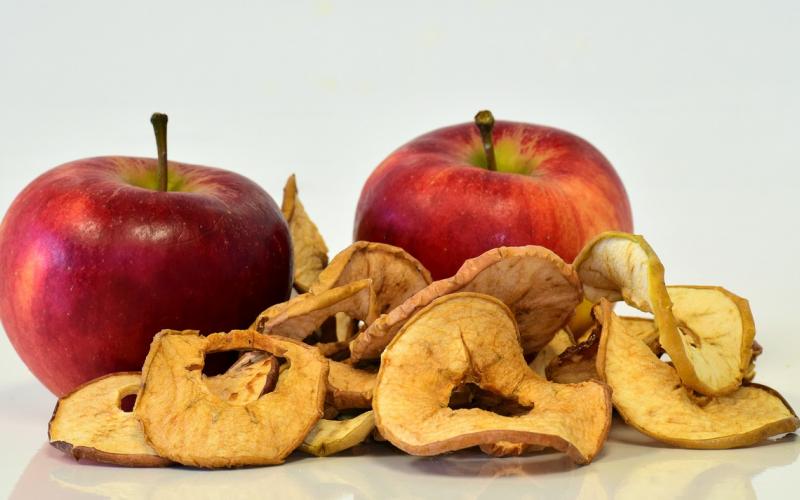
Dehydrating Apples
A food dehydrator is a good choice for drying apples and can be used at any time. It is a small appliance that has an electric element for heat with a fan and vents for air circulation.
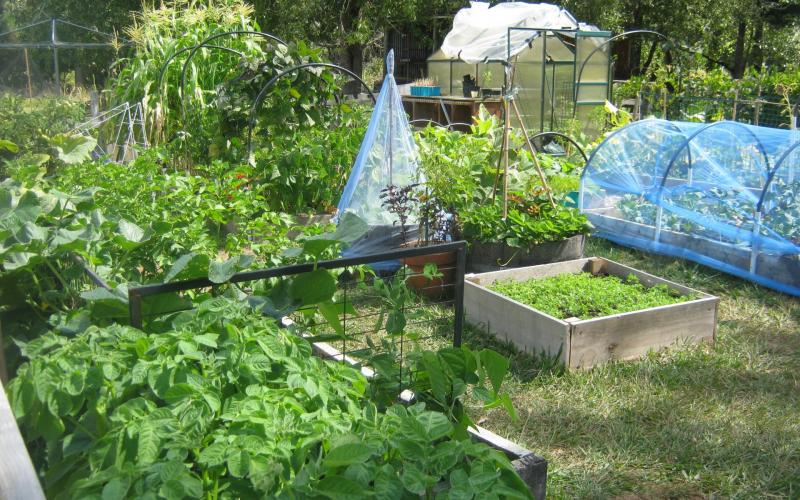
Garden Food Safety
Every so often we hear about people getting sick from eating raw produce that got contaminated somewhere on its path from the field to the consumer. Commercial growers are taking great care to keep your food safe, and there are new national rules to guide them. Following are some tips for home gardeners to help keep their fruits and vegetables safe.
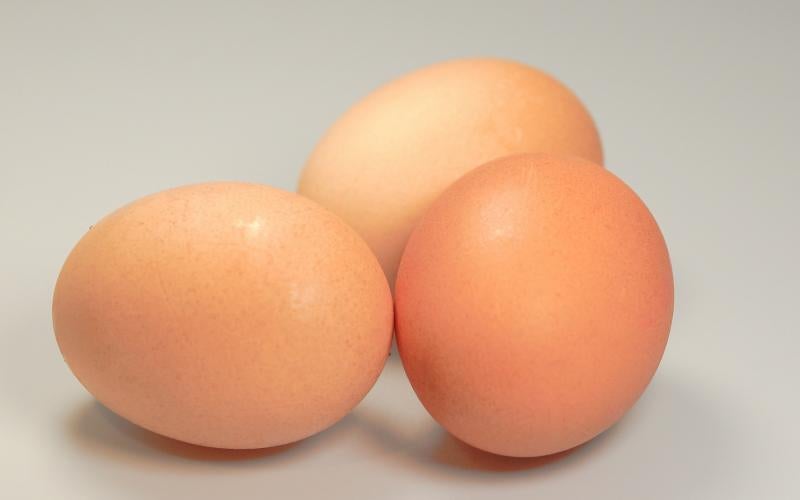
Egg Safety with Holiday Foods
Holiday traditions include making tasty treats from frosted sugar cookies to homemade ice cream. They are all delicious, but hidden bacteria could be lurking in uncooked eggs, so refrain from tasting raw cookie dough or cake batter. Even grade A eggs with clean, uncracked shells can be contaminated with Salmonella Enteritidis bacteria.
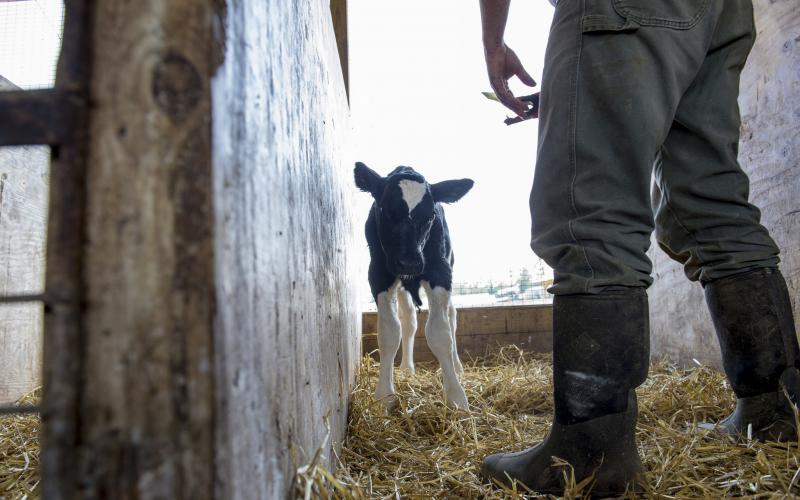
How did a Poultry Germ Change to Cause Severe Disease in Calves and People?
In 2015, a specific strain of a germ called Salmonella heidelberg made 56 people sick in 15 different states.
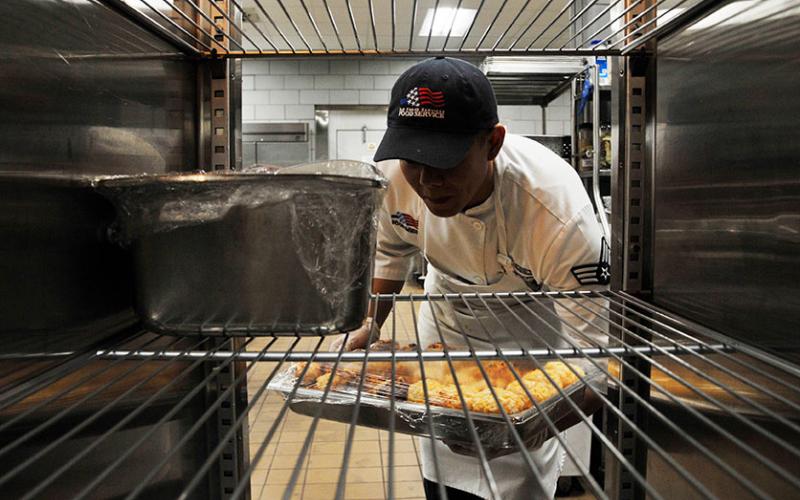
Re-heating and Re-eating Food
The general public assumption is that if a food is either microwaved, put in an oven, or heated up in another manner is that it will be safe for consumption. This is not a safe assumption to make when deciding to eat food that has been left out for an extended time.

Looking for Foodborne Germs and Their Resistance to Antibiotics: Poultry
This report analyzes the NARMS results for poultry products for the period of June 2018 through May 2019.
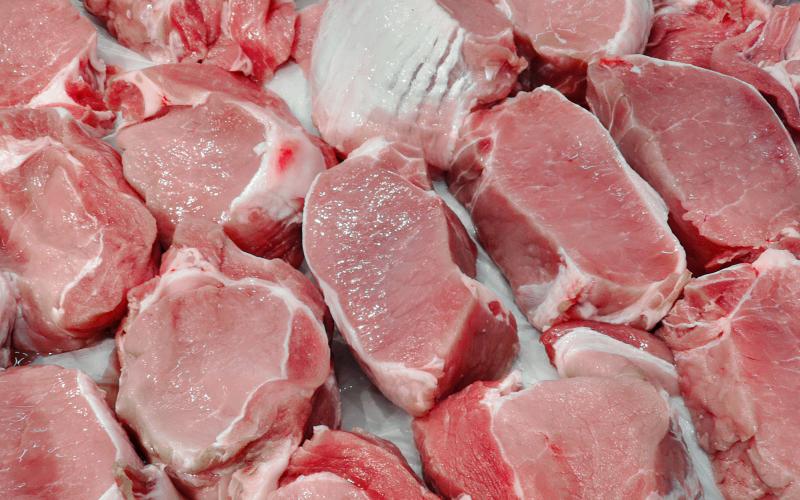
Looking for Foodborne Germs and Their Resistance to Antibiotics: Pork
This report analyzes the NARMS results for pork products for the period of June 2018 through May 2019.
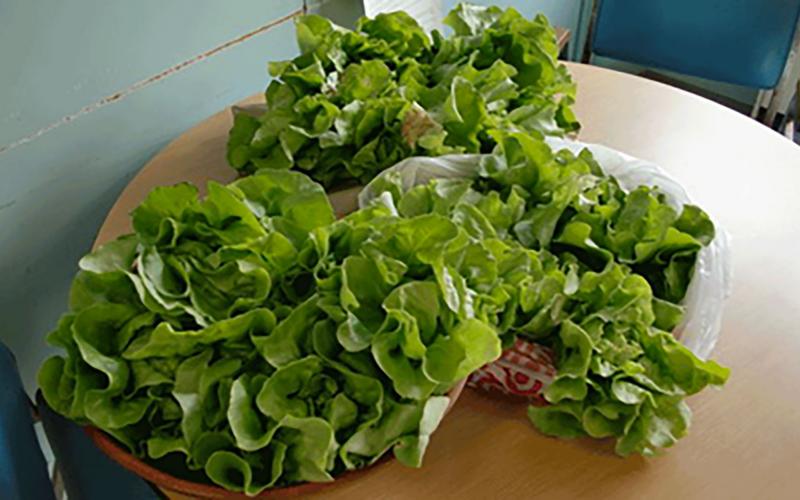
Best Practices When Harvesting Leafy Greens for Market and Home
The harvesting of leafy greens to maintain quality and safety focuses on the key risk factors from the time harvest begins to selling at market. The food safety risk factors involve temperature, time, water, worker hygienic practices, and food contact surfaces.
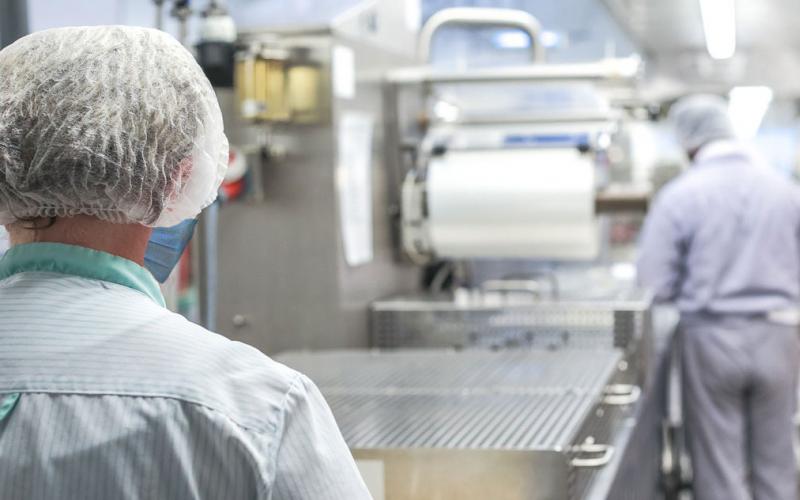
Food Safety and COVID-19
Many misconceptions have been brought up during the recent COVID-19 pandemic. These concerns have included questions ranging about symptoms, preventive measures, treatment, mortality rate, route of transmission and many more.
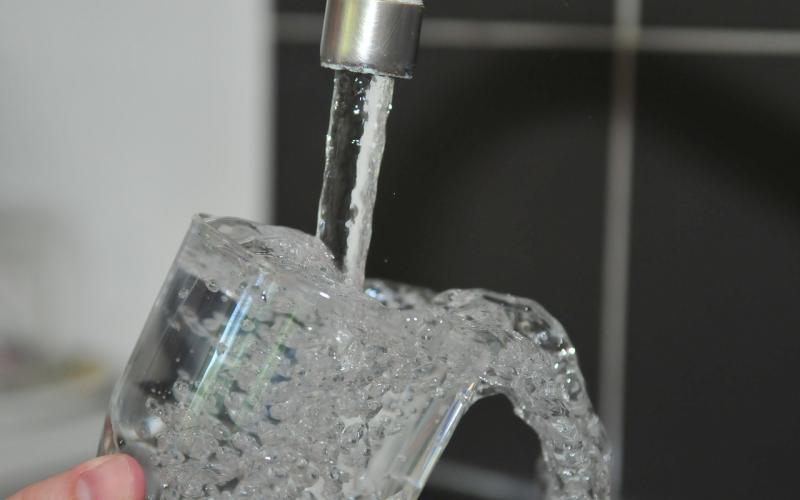
COVID-19 and Home Water Use
There have been questions regarding spread of the virus that causes COVID-19 through drinking water.